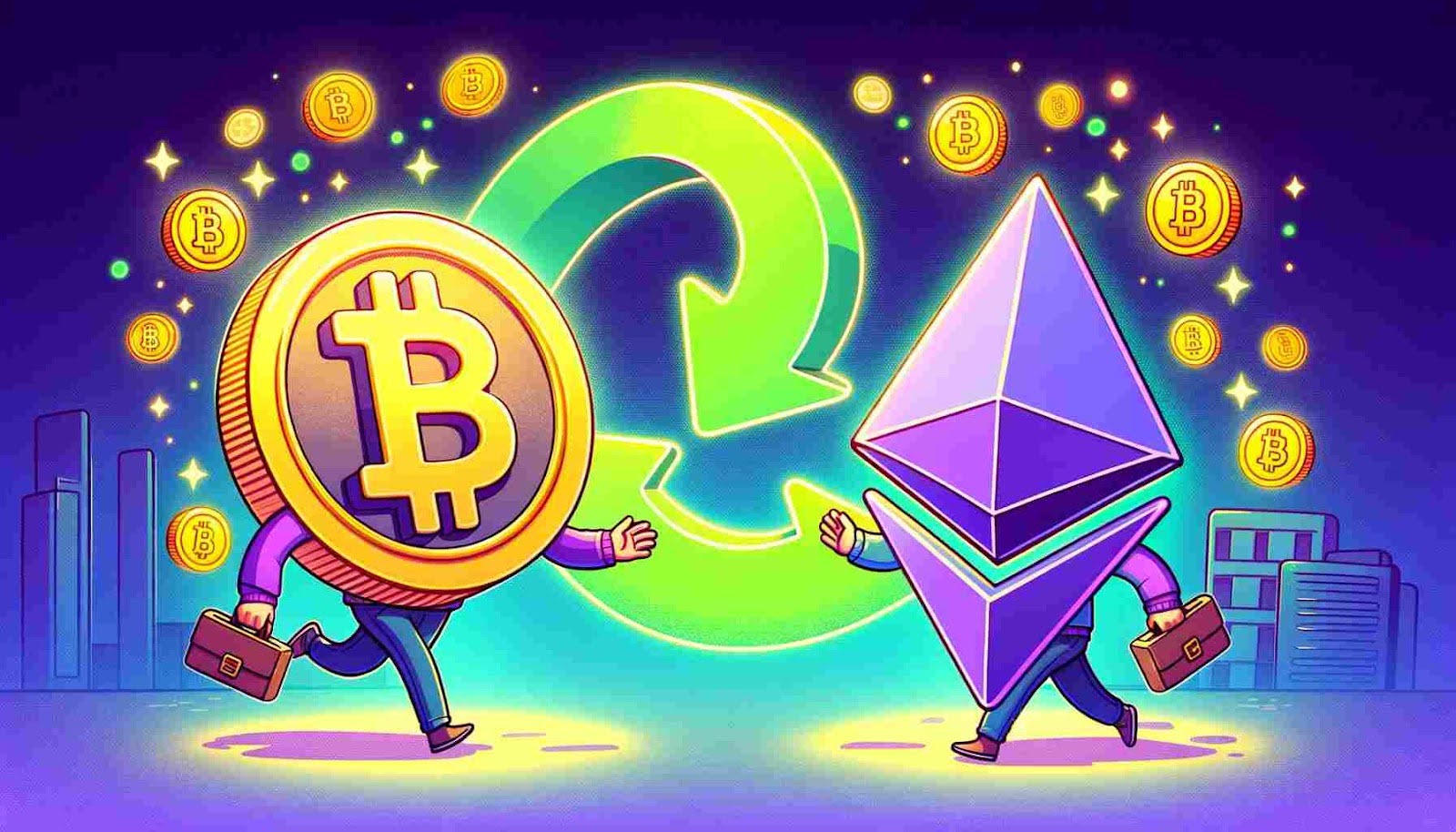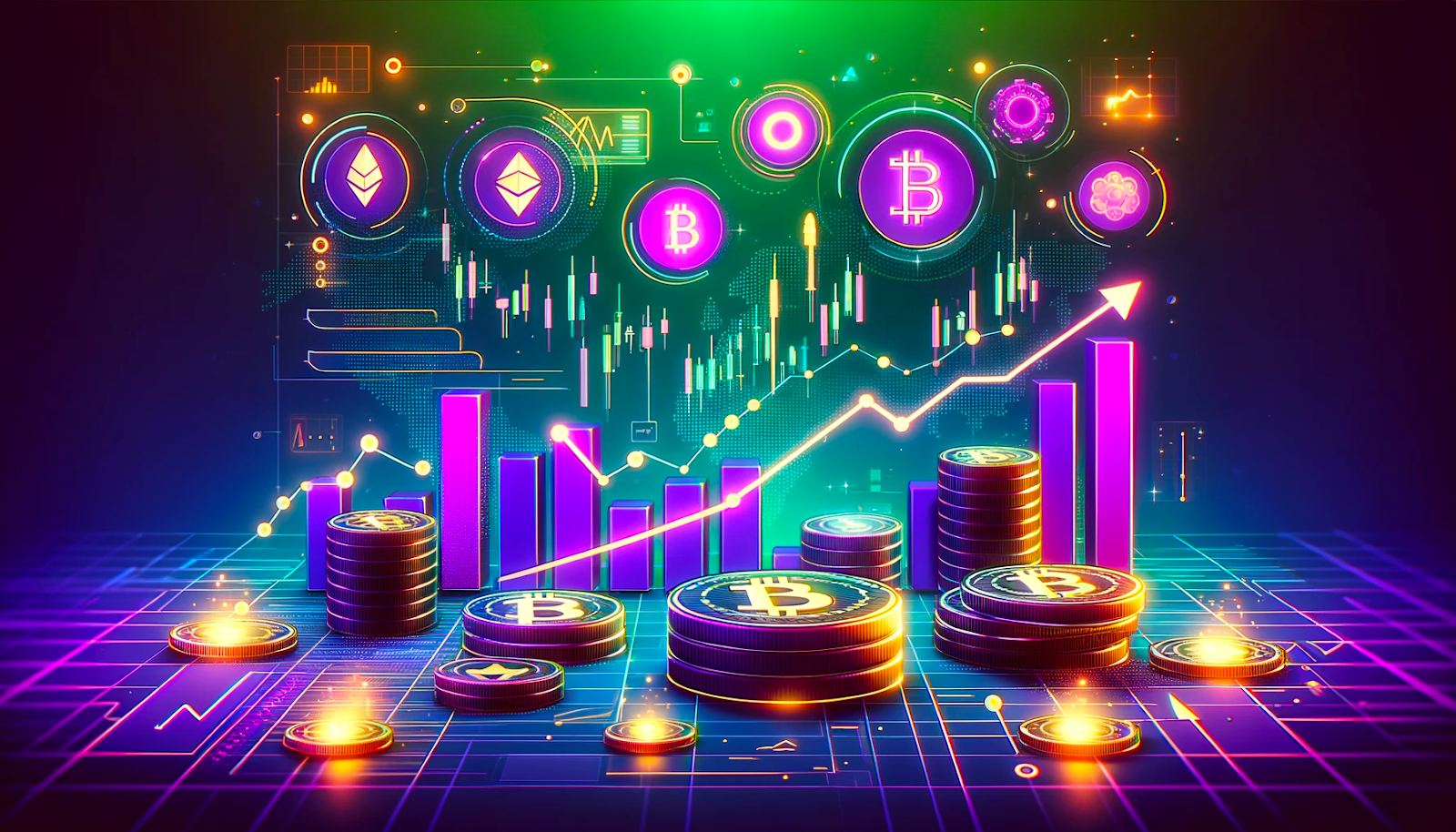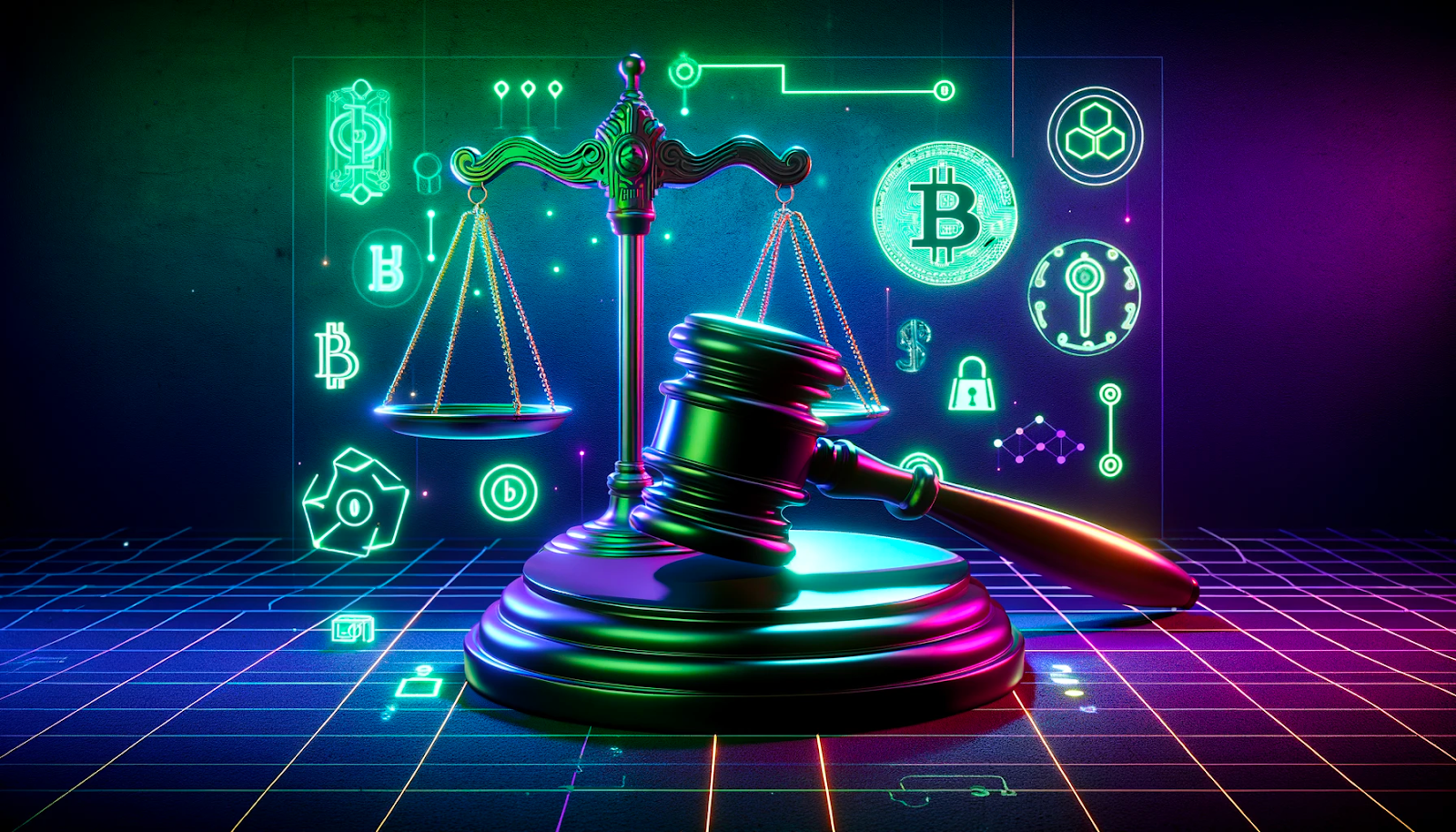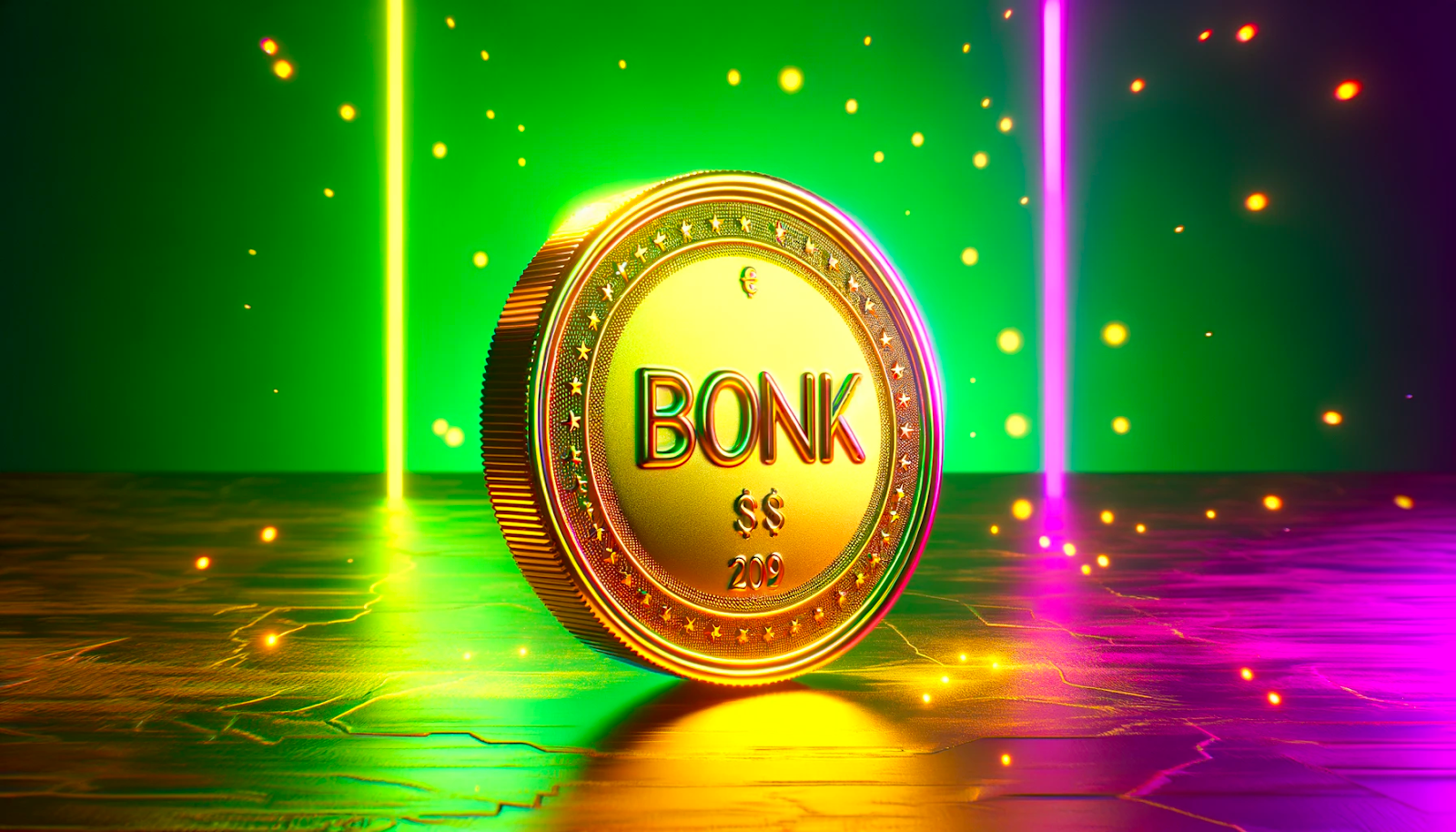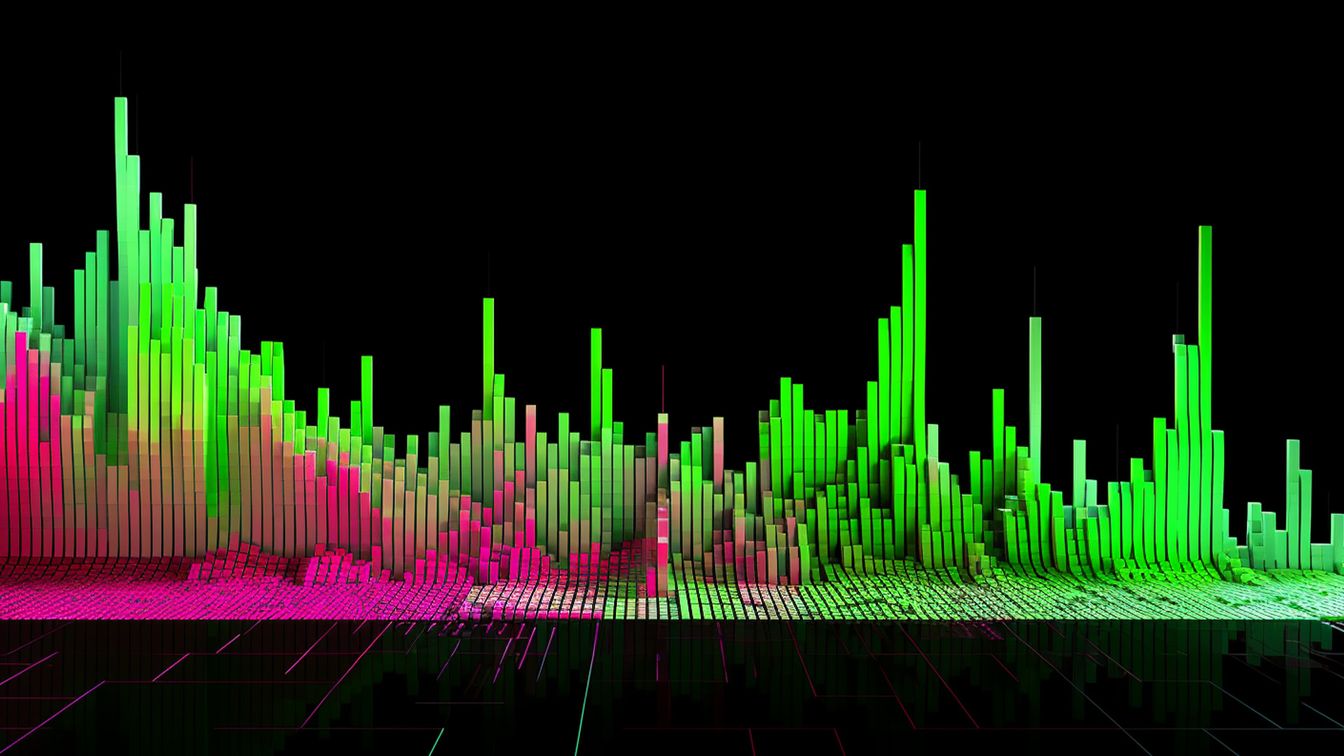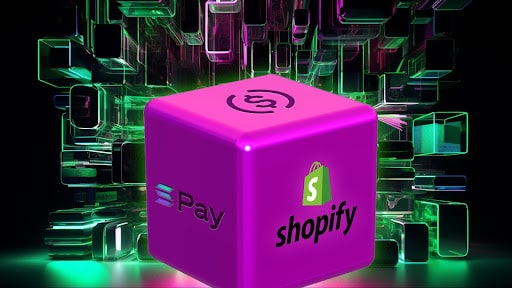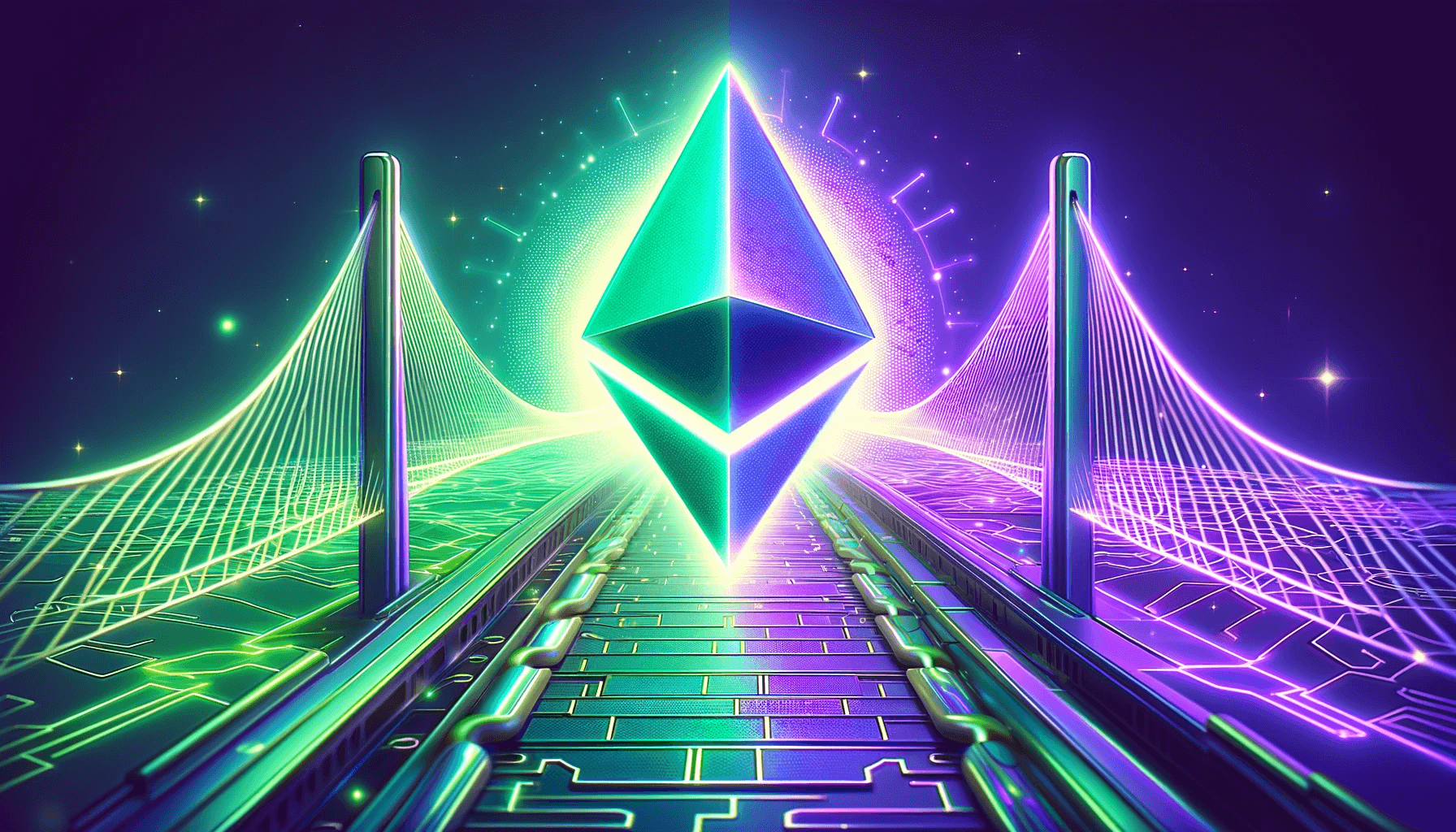
Bitcoin launched 21 million tokens in 2009, and scarcity of the tokens contributed to their increased value in the cryptocurrency market. Soon, the BTC token could only be obtained through mining, an energy-intensive process, and the price spiked even higher.
The halving event on the Bitcoin network occurs after every 210,000 blocks. It is an auspicious moment for the token, and has been associated with price spikes in previous years. The next halving will occur sometime in 2024, and Bitcoin holders are anticipating it already.
Here's what halving is all about.
The Bitcoin Protocol: What Is Bitcoin?
Before we delve into the details on Bitcoin's halving event, you must first understand the blockchain, its protocol, and the need for halving.
As stated above, Bitcoin launched its blockchain in 2009, running on a Proof of Work protocol. The Proof of Work protocol on Bitcoin uses hash codes to process transaction blocks. How so? Once a user initiates a transaction, it is immediately logged with other transactions into a block until the block is full. When the block is full, it enters a transaction queue where miners will take over the processing.
Each transaction block has a hash code generated for it, which includes some of the previous block's code. Once a block is ready for processing, the BTC miners will compete to work out a number less than the hash code on the block. The lucky winner finalizes the approval and gets the mining rewards. The starting rewards were 50 BTC for every block approved, and it's now down to 6.25 BTC per block.
The mining process is obviously very lengthy and it is very expensive due to it’s high enery requirements and advanced equipment needed to process transactions and compete with other users for mining rewards. This necessitated the shift to more effective protocols, like the proof of stake protocol, where less energy and technology is required to approve transactions.
After mining, nodes take up each transaction block and validate the transactions within it. Nodes are computing units scattered all over the Bitcoin network that help to verify and validate transactions individually. Once they validate the transactions, the nodes upload them to the blockchain and publish the records to other nodes on the network.
Nodes are simply validators and differ from miners, who process the transactions using supercomputers. The nodes help stabilize the Bitcoin network by verifying the approved transactions, but they don't have the capacity to partake in the mining process.
Usually, each block takes roughly ten minutes to mine. At this rate, 210,000 blocks take almost four years to complete, which is why each halving event occurs after four years.
What Is Bitcoin Halving?
The Bitcoin halving literally halves the mining rewards on the Bitcoin network. As we stated earlier, the mining rewards in 2009 were 50 BTC. Subsequent halving events saw the value drop to 6.25 BTC, the current price for successfully mining a transaction block on Bitcoin. The next halving is scheduled for next year, between April and June, and the rewards will drop to 3.125 BTC per block.
So what is the significance of Bitcoin's halving? Bitcoin's mining rewards are an effort to push the rest of the Bitcoin tokens into circulation. The total token supply is about 21 million tokens, and over 19.3 million have been distributed already.
The halving reduces the rewards for completing transaction blocks as the token supply runs out. The rewards keep the miners incentivized to keep the Bitcoin network functional, and the halving event ensures that the token remains in demand. The scarcity of Bitcoin has been instrumental in ensuring Bitcoin's dominance in the cryptocurrency market.
At this rate of transactions and halving, Bitcoin's tokens will be totally distributed by 2140. So what are Bitcoin's plans then to ensure the platform's continuity?
The platform will start rewarding miners from the transaction fees that users pay to transact on the Bitcoin network. Unlike the mining rewards, miners will compete for transaction blocks and get BTC rewards from already circulating BTC.
Bitcoin Halving History?
The Bitcoin halving event occurs after every 210,000 blocks have been approved, not necessarily after four years. The 'four-year' rationale stemmed from the fact that most Bitcoin transaction blocks take about ten minutes to complete. 210,000 blocks will take 1409 days to complete, which is almost four years.
The previous halving events saw the Bitcoin rewards per block drop from 50 BTC to the current 6.25 BTC. Here's when they all occurred:
-
1st halving: November 28, 2012; mining rewards reduced to 25 BTC.
-
2nd halving: July 9, 2016; mining rewards halved to 12.5 BTC.
-
3rd halving: May 11, 2020; mining rewards halved to 6.25 BTC.
The next halving will come up before mid-year in 2024, and mining rewards will drop to 3.125 BTC.
The halving events are often precursors to significant price spikes on the Bitcoin network. The reduced rate of Bitcoin distribution leads to an increase in demand for the token. This increased demand translates to increased BTC value on crypto charts.
Conclusion
Bitcoin's mining is an essential component of its Proof of Work protocol, requiring that its miners expend energy and time to process transactions in blocks before they approve them. In return, the miners earn BTC rewards, which is the only way Bitcoin's remaining token supply can be distributed.
The halving event occurs to halve the mining rewards, reducing the rate of distribution as much as possible to raise scarcity for the Bitcoin token. The slowdown of inflation increases demand for BTC, and its price rises on the trading charts. Halving occurs on the Bitcoin network approximately every four years after 210,000 blocks have been approved.
Want more top-tier cryptocurrency content?
Follow Us: X TikTok Instagram Telegram LinkedIn
Sign up to our newsletter at the bottom of the page
Check Out Our Top 10 Crypto Currencies of 2023
This article is intended for educational purposes and is not financial advice.



